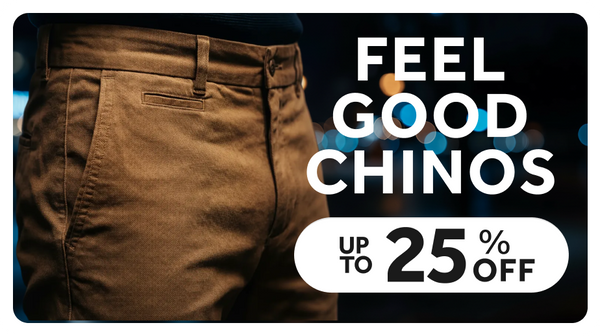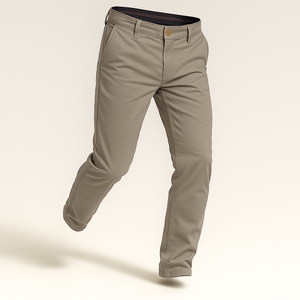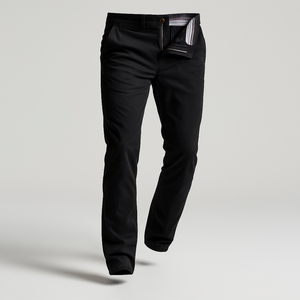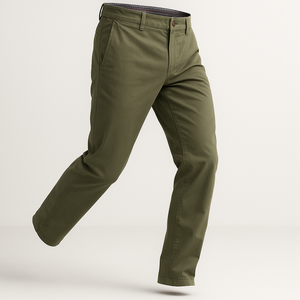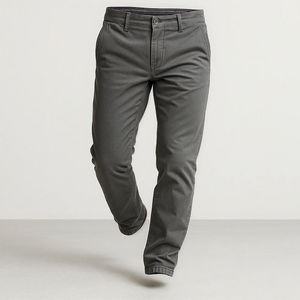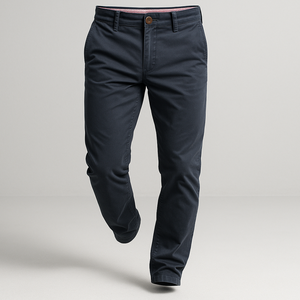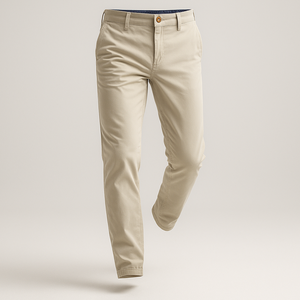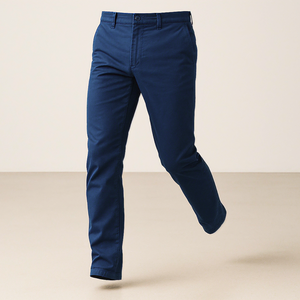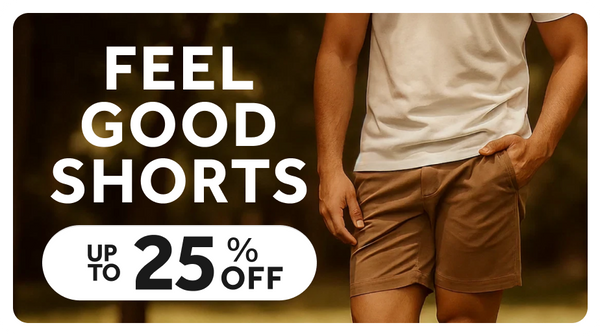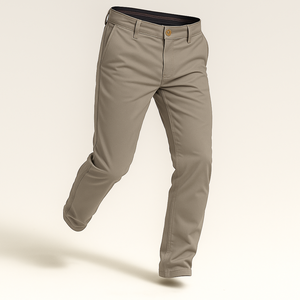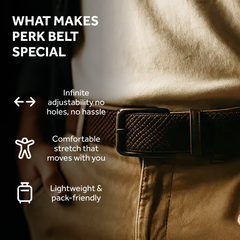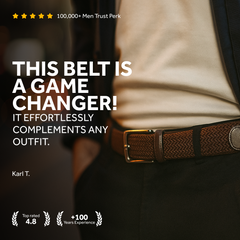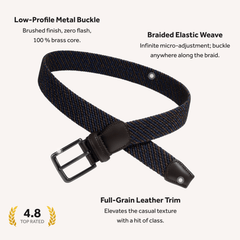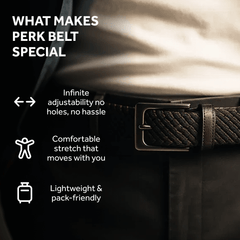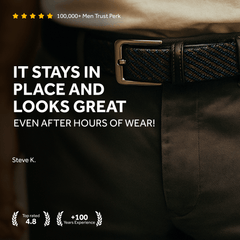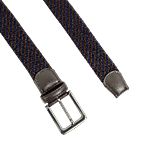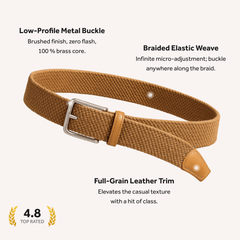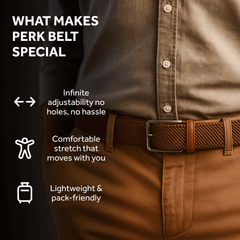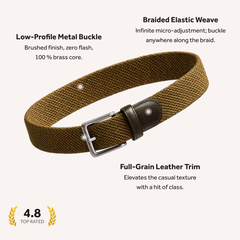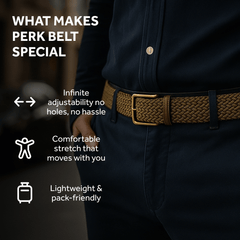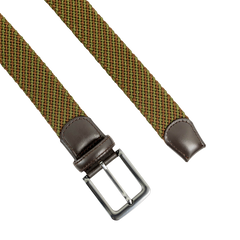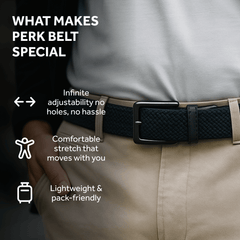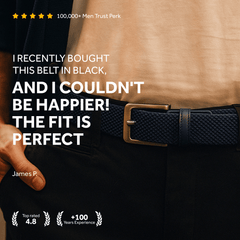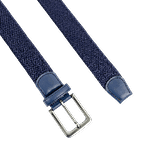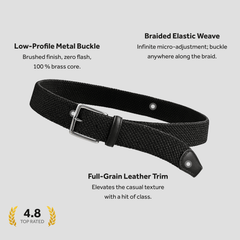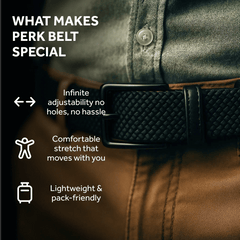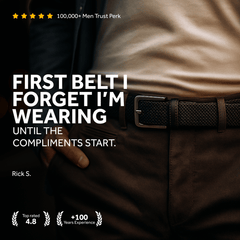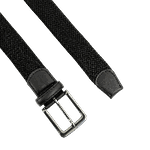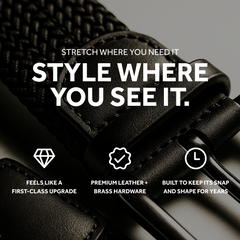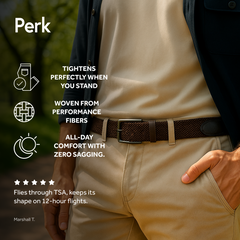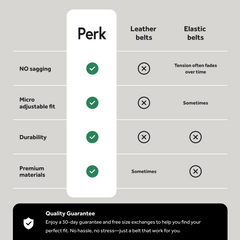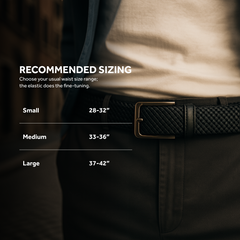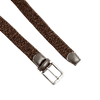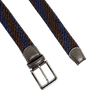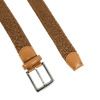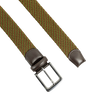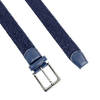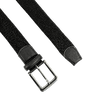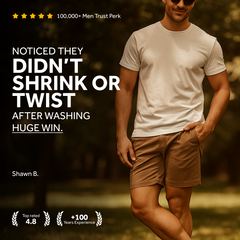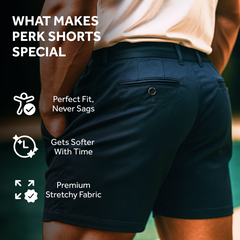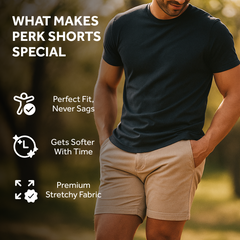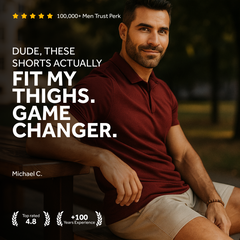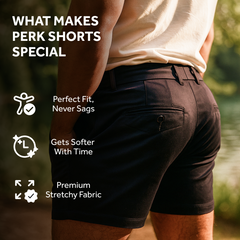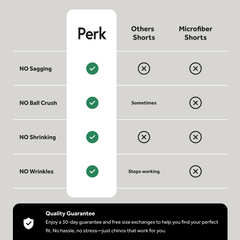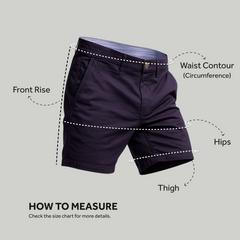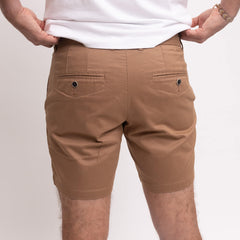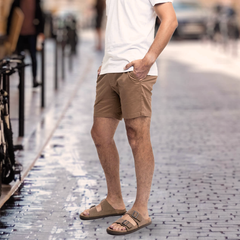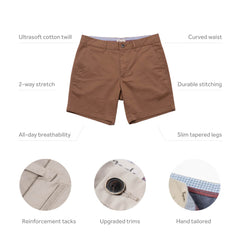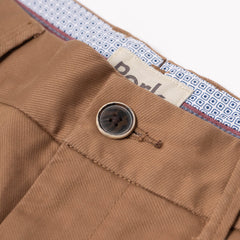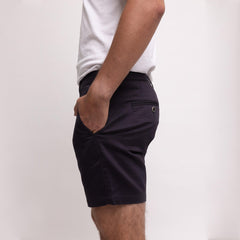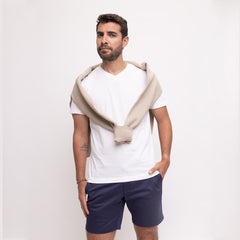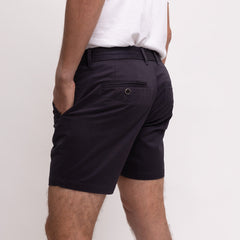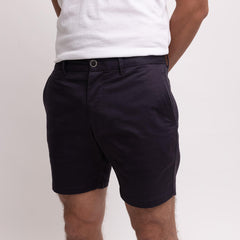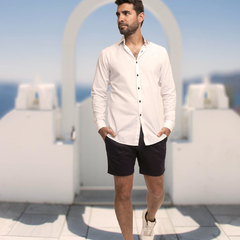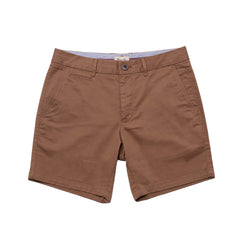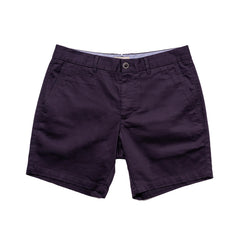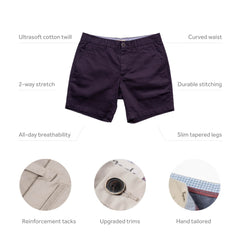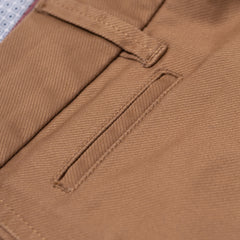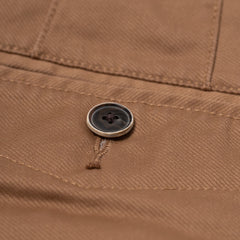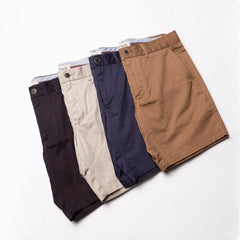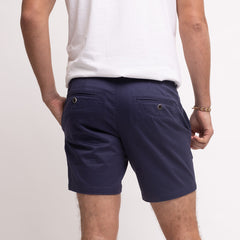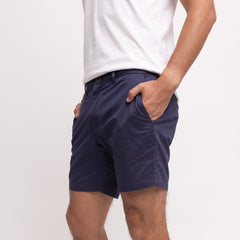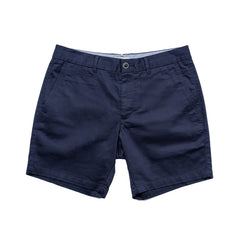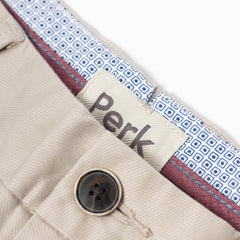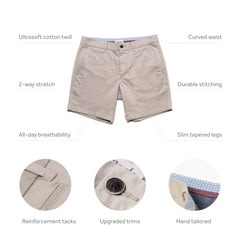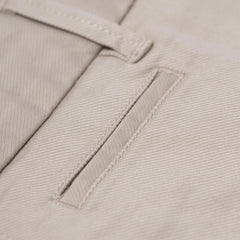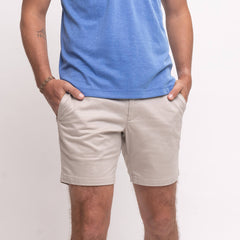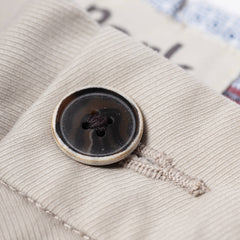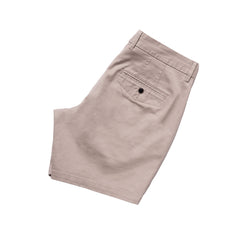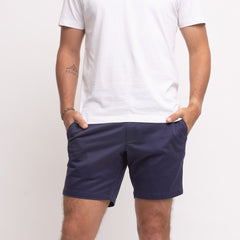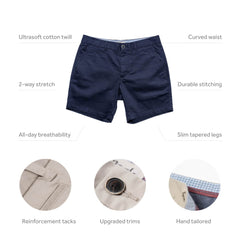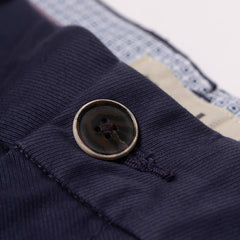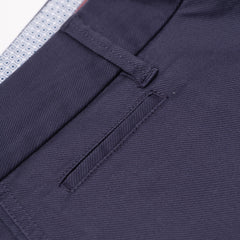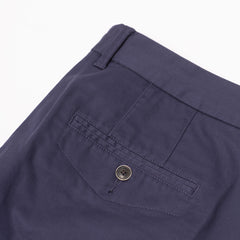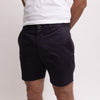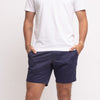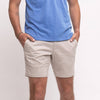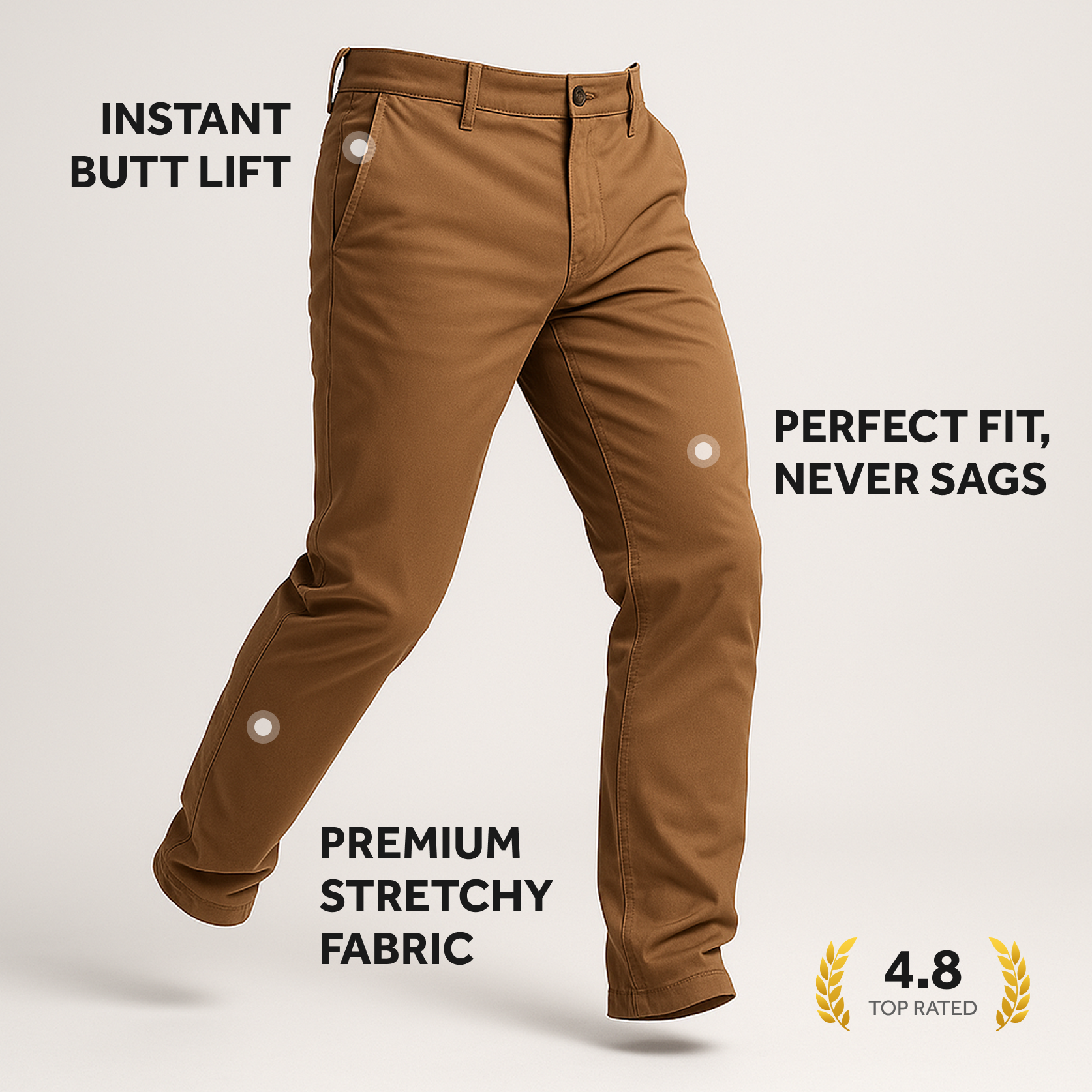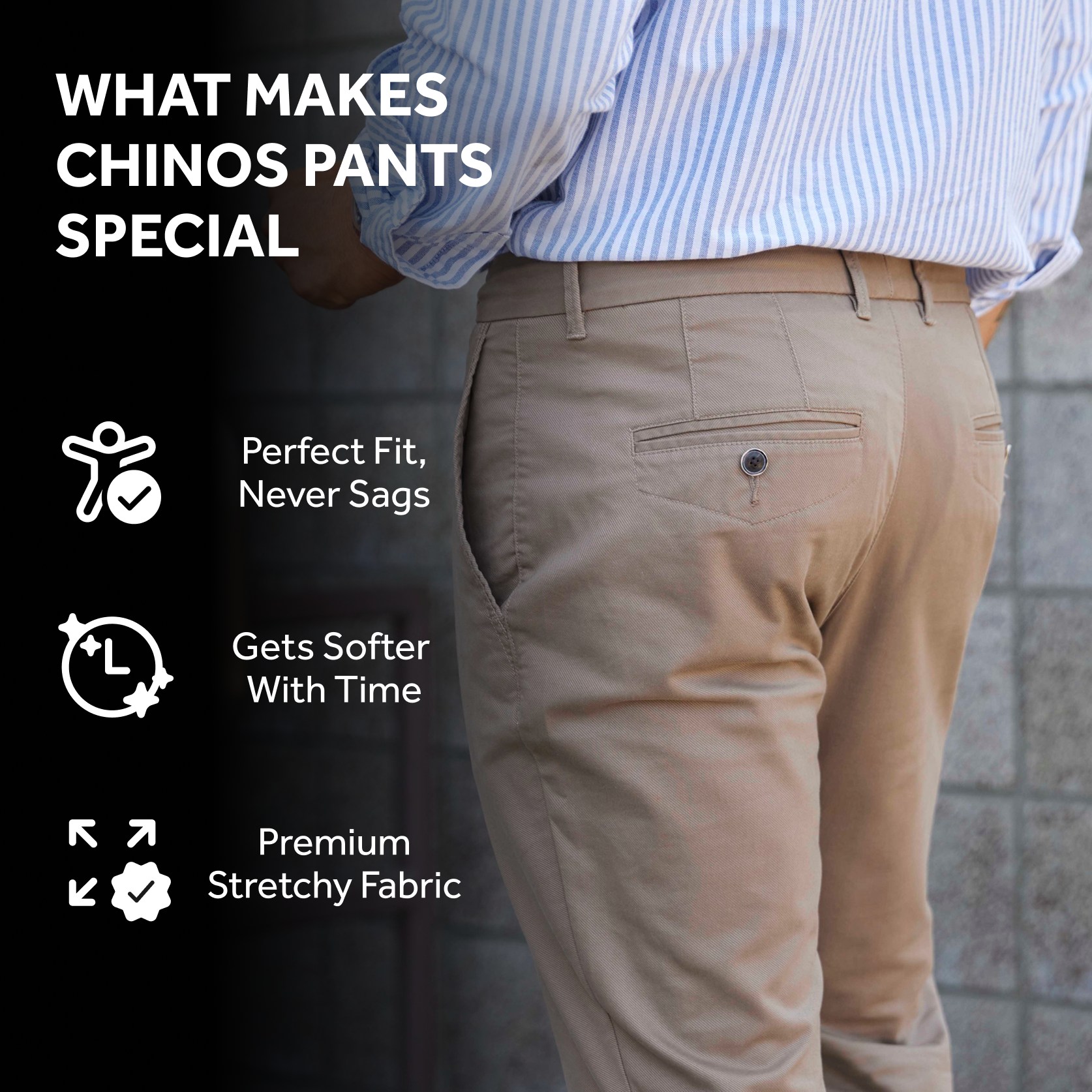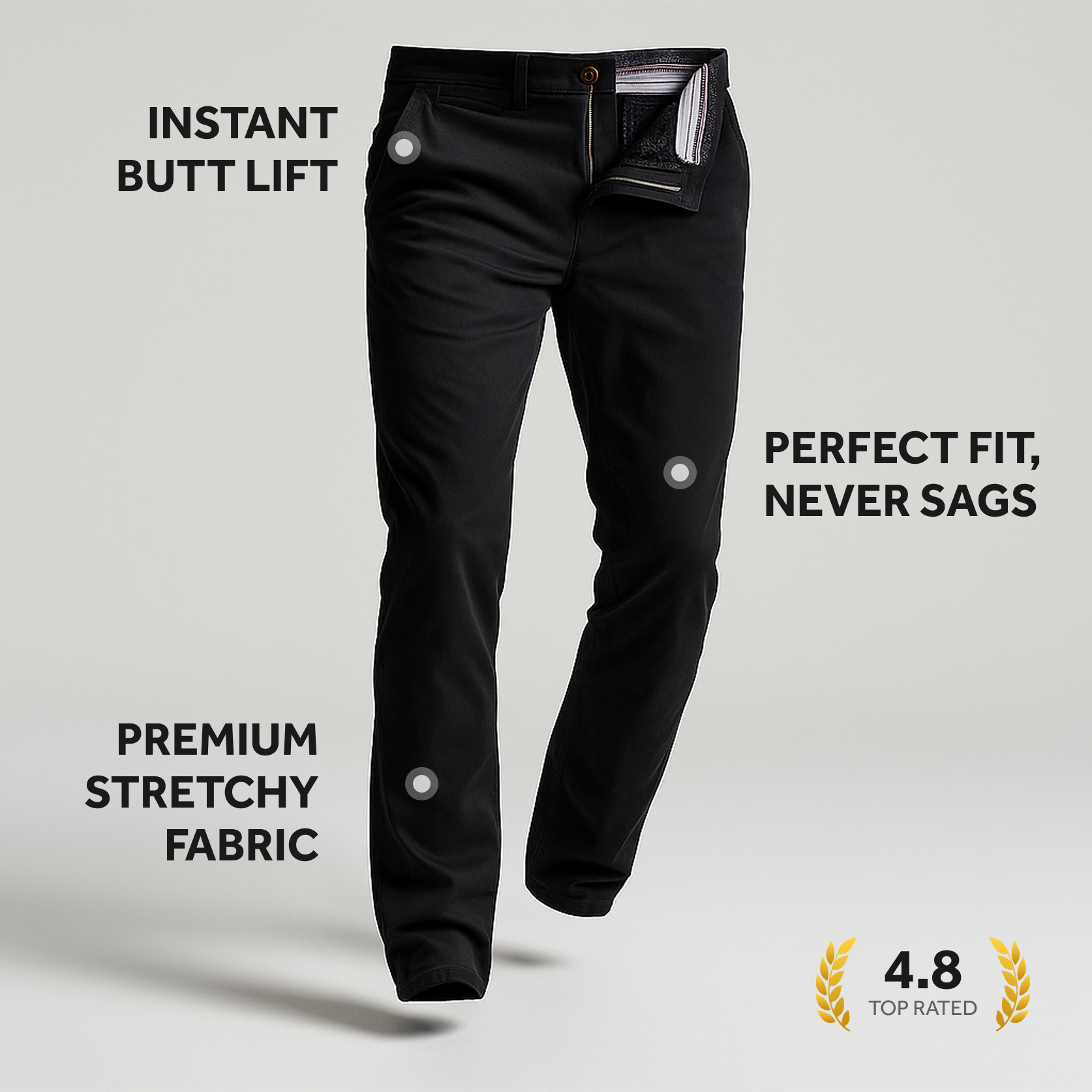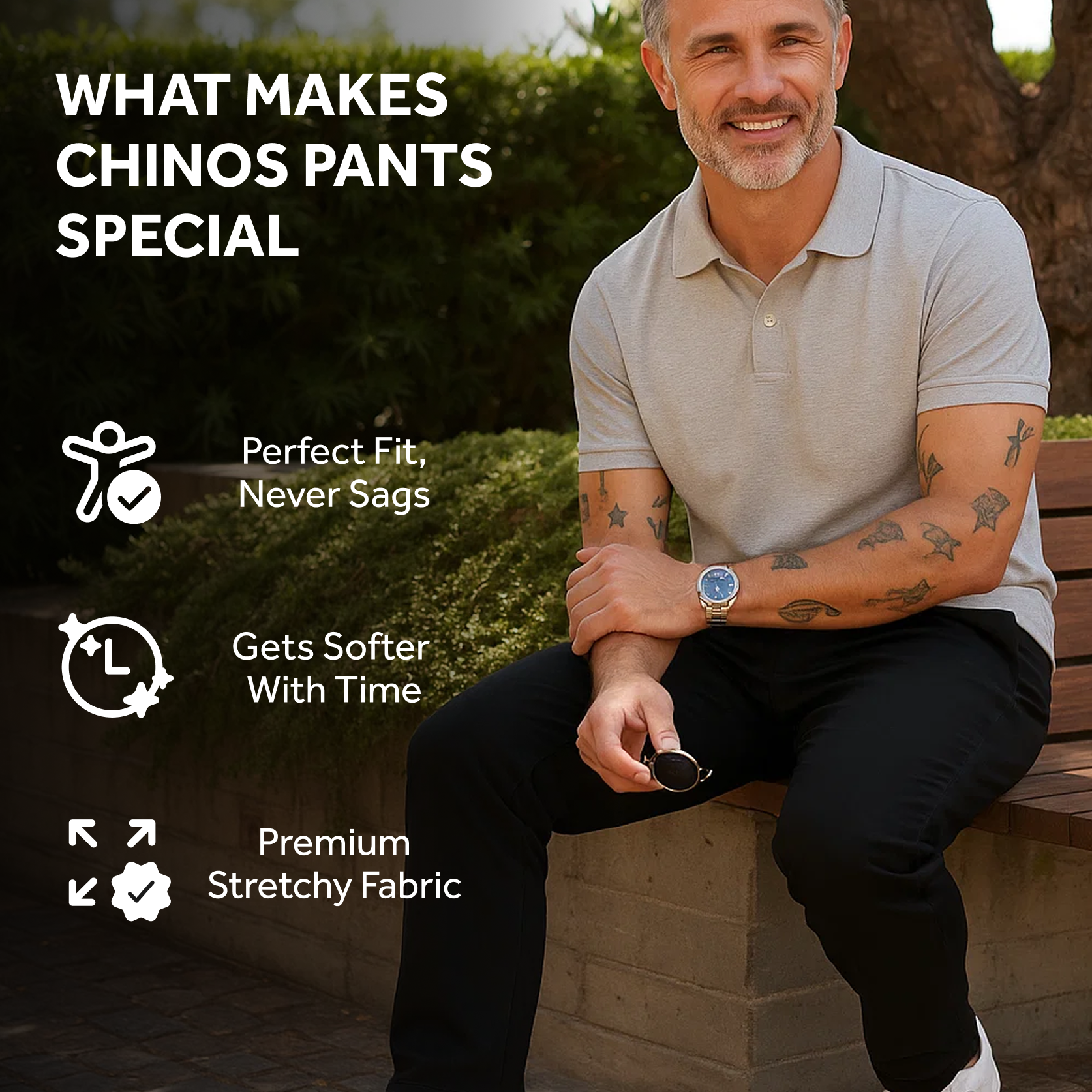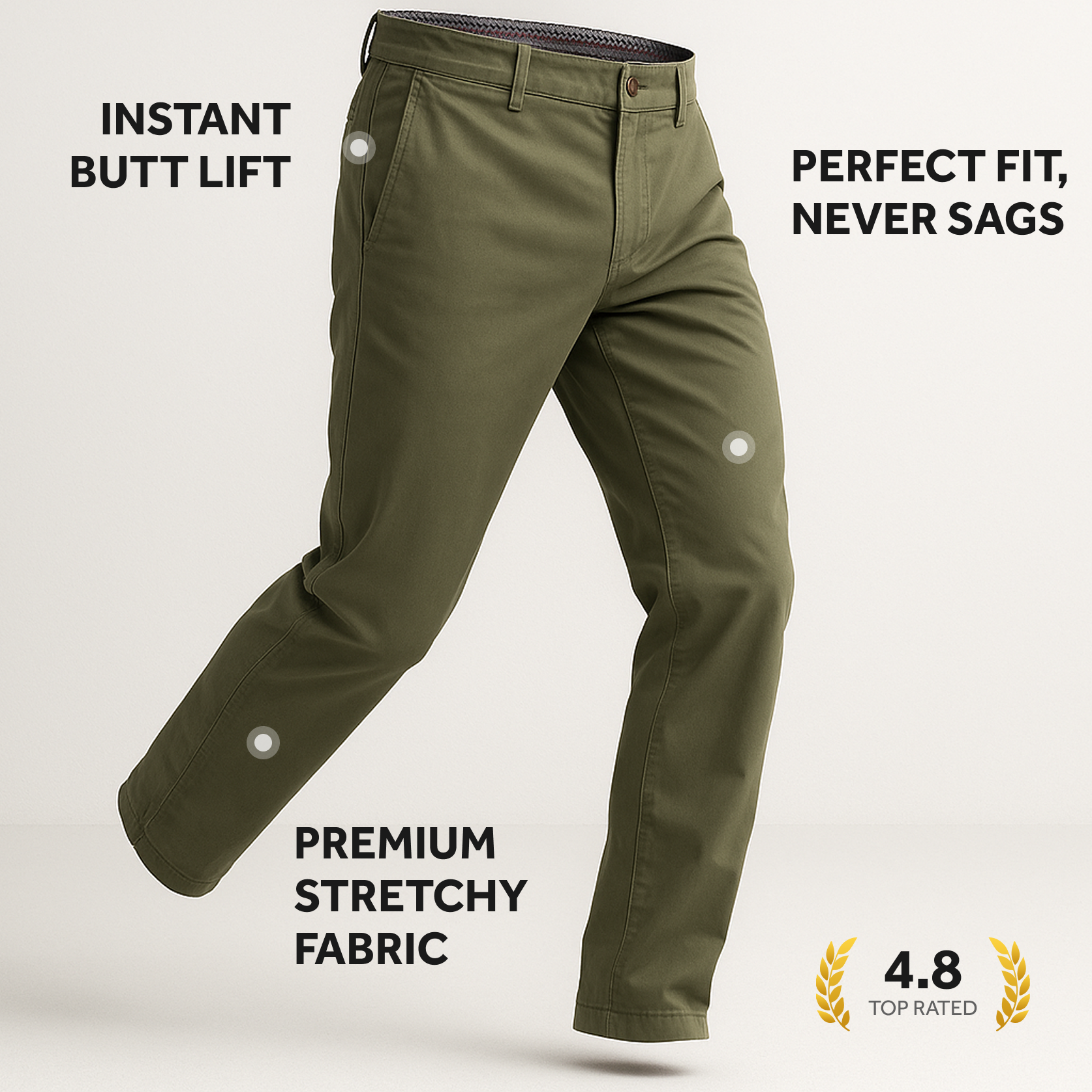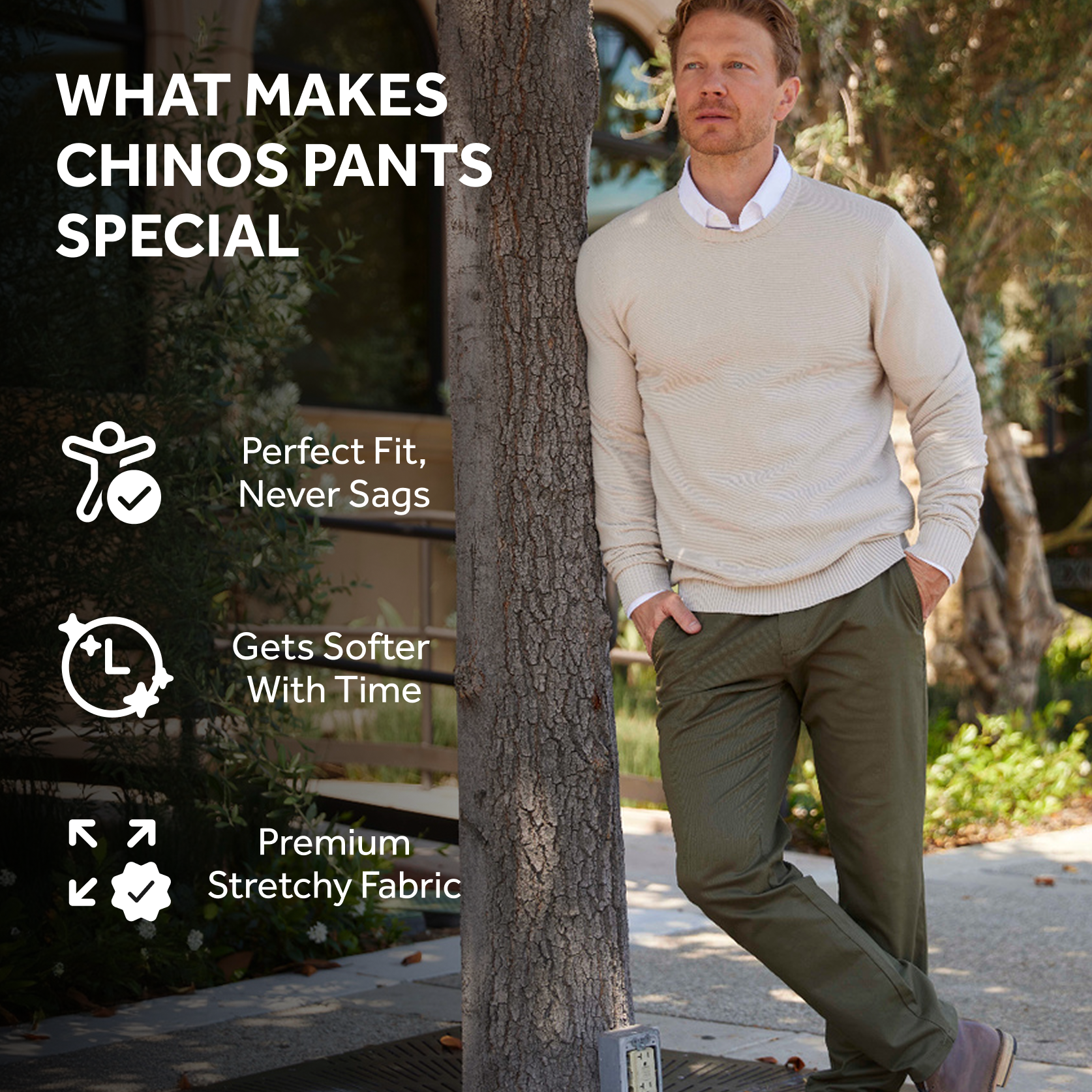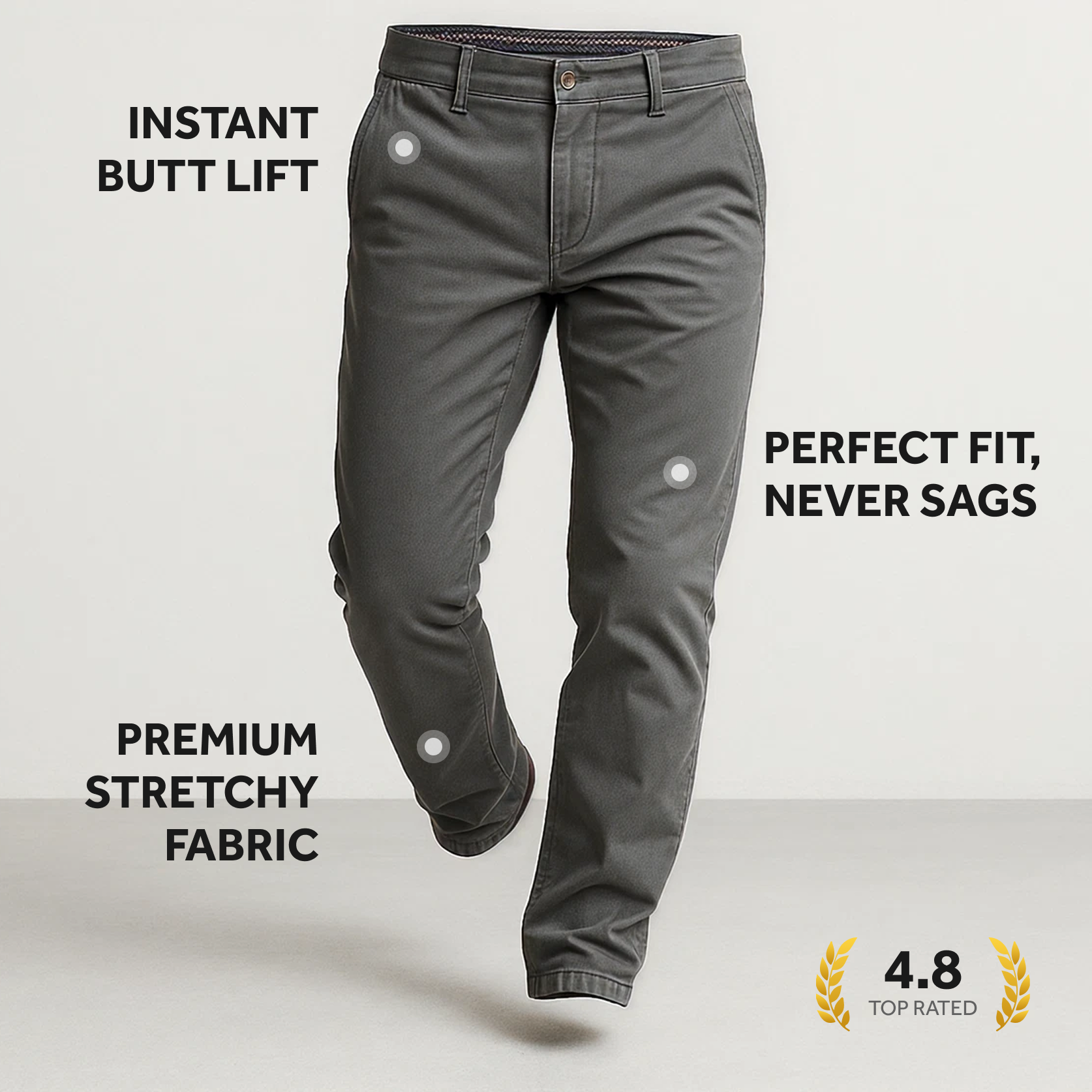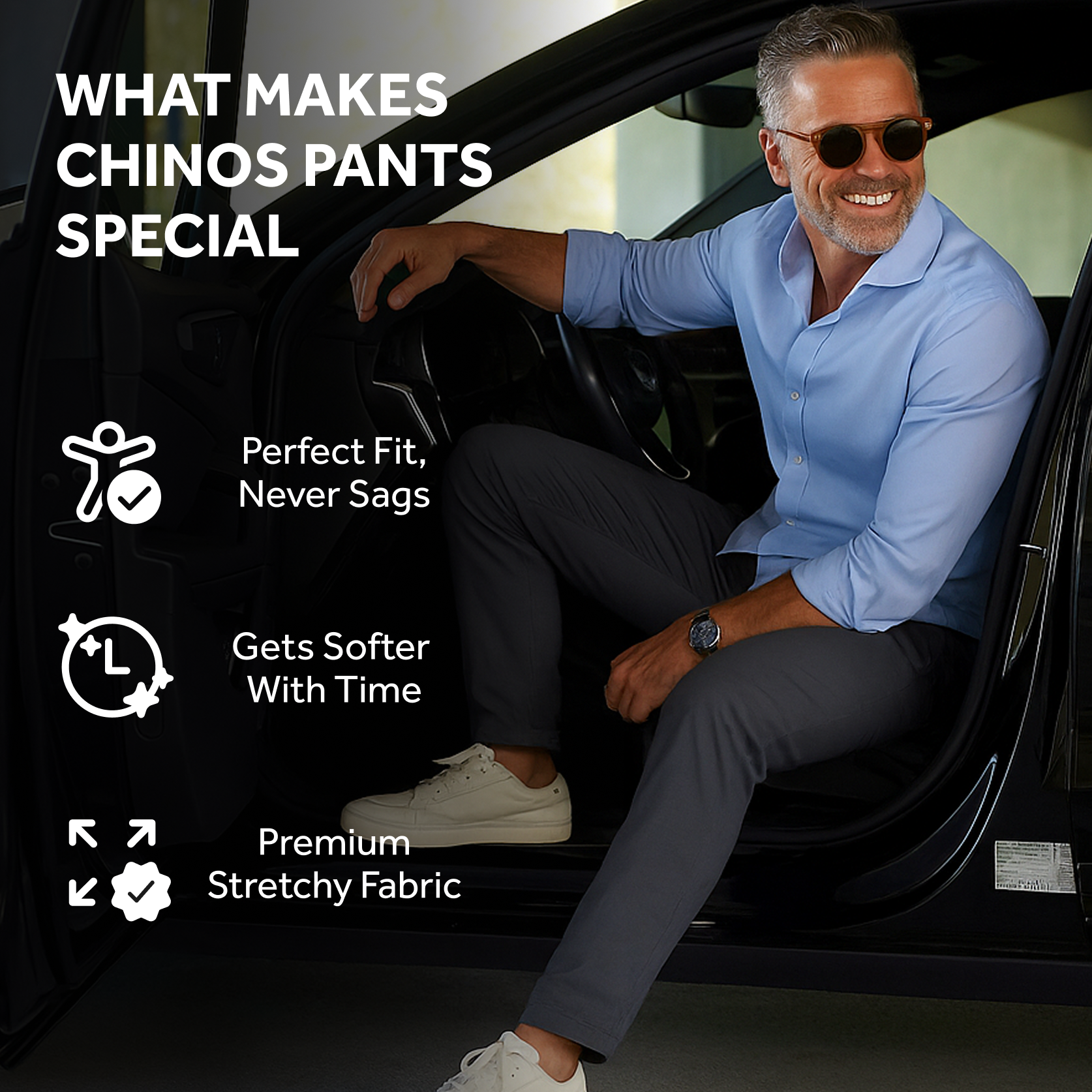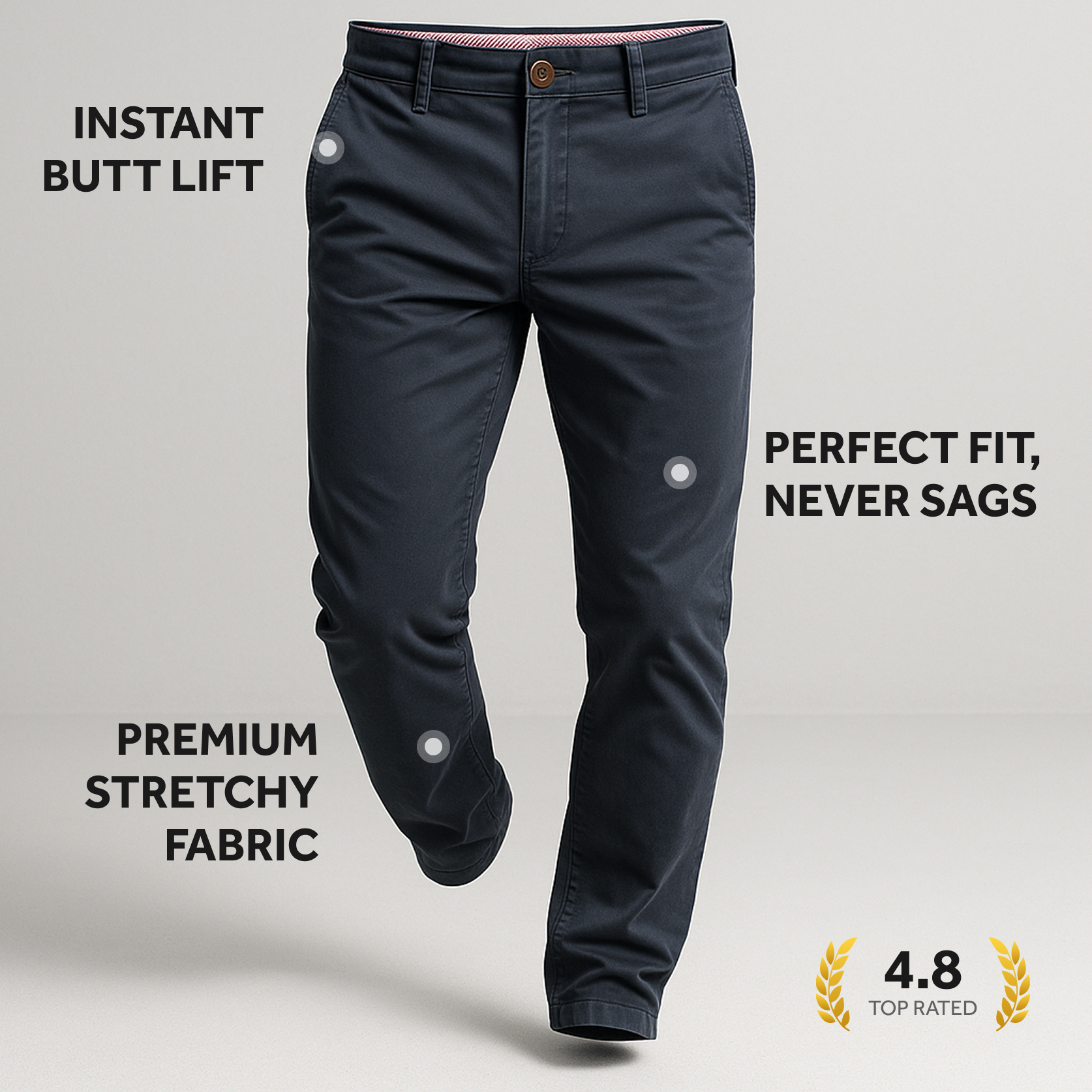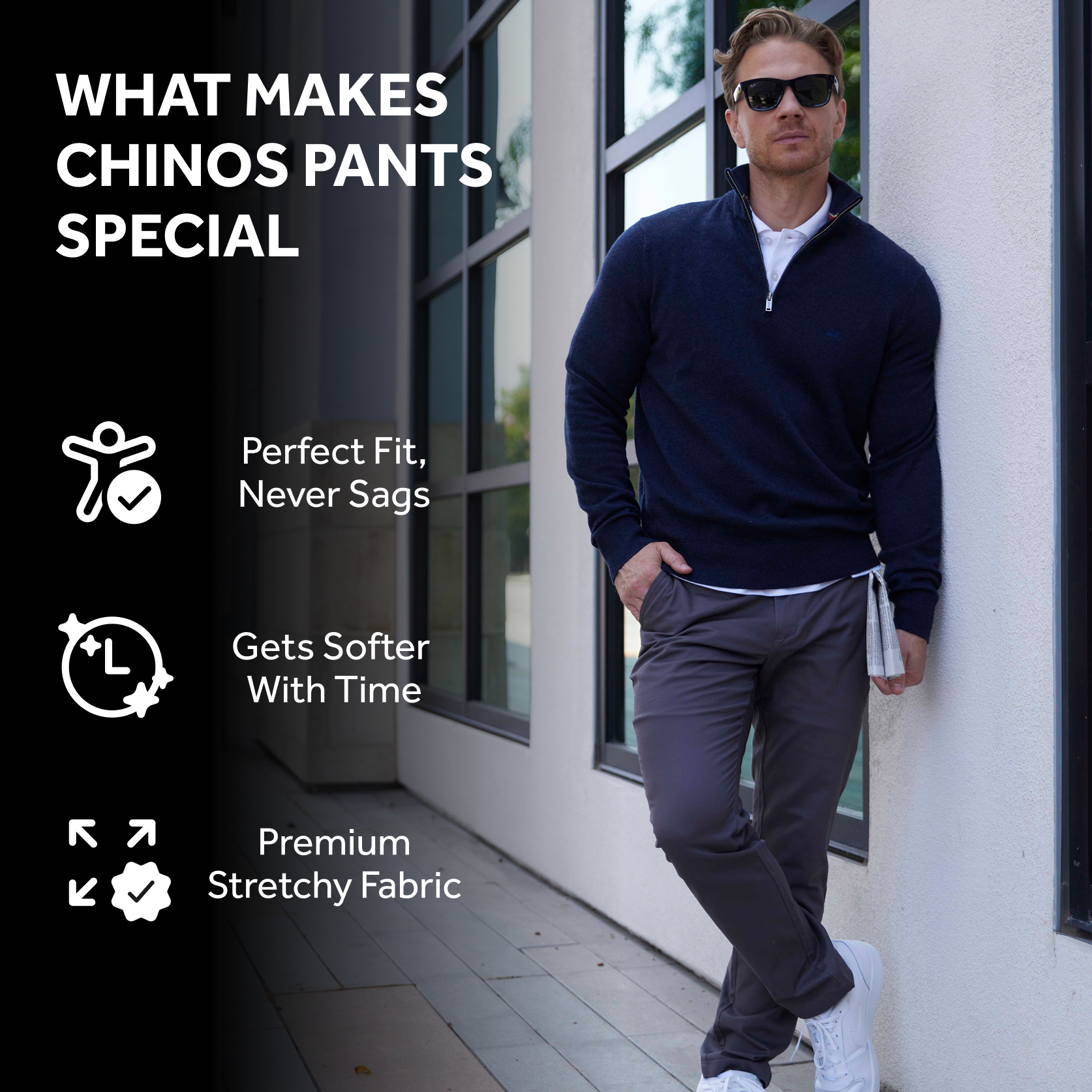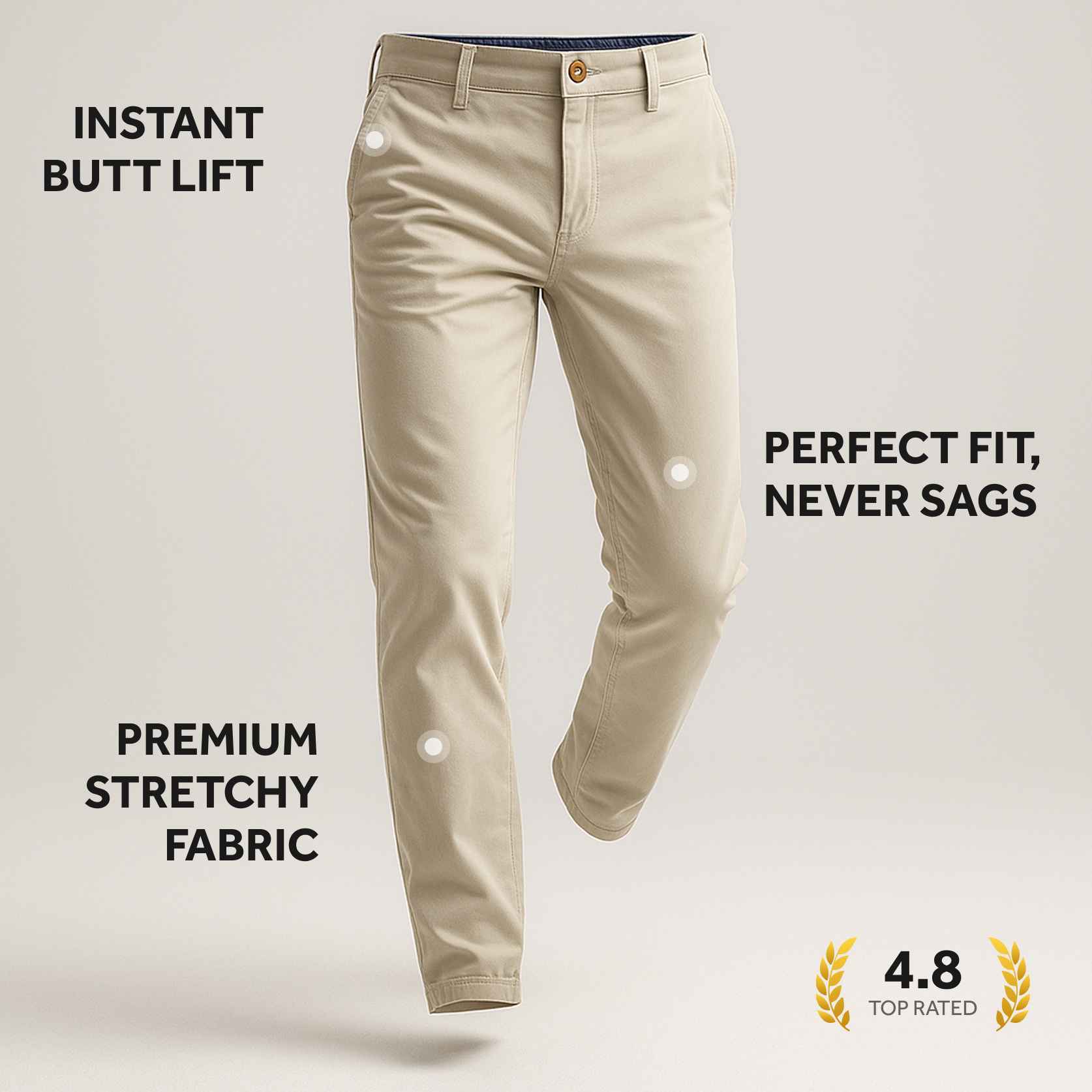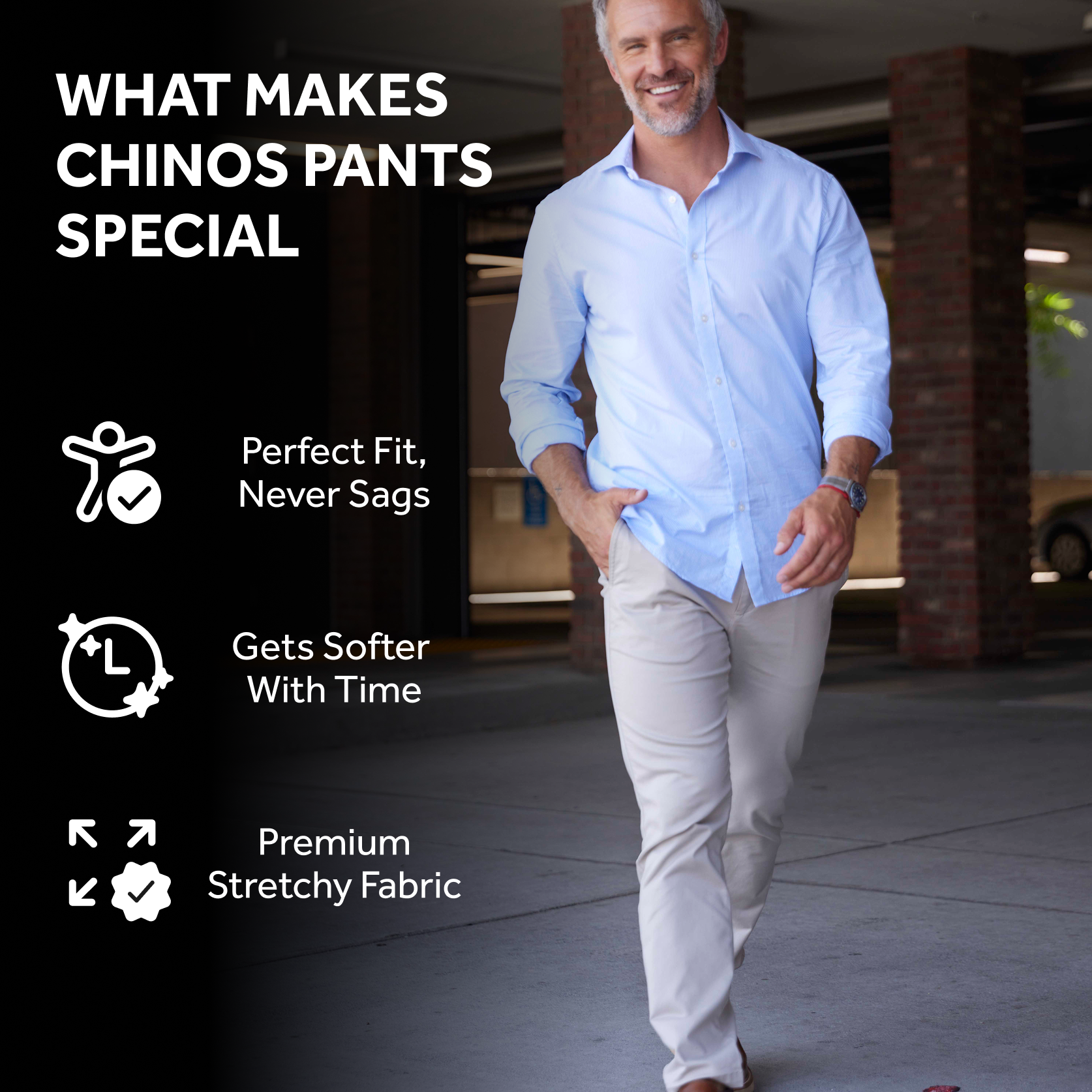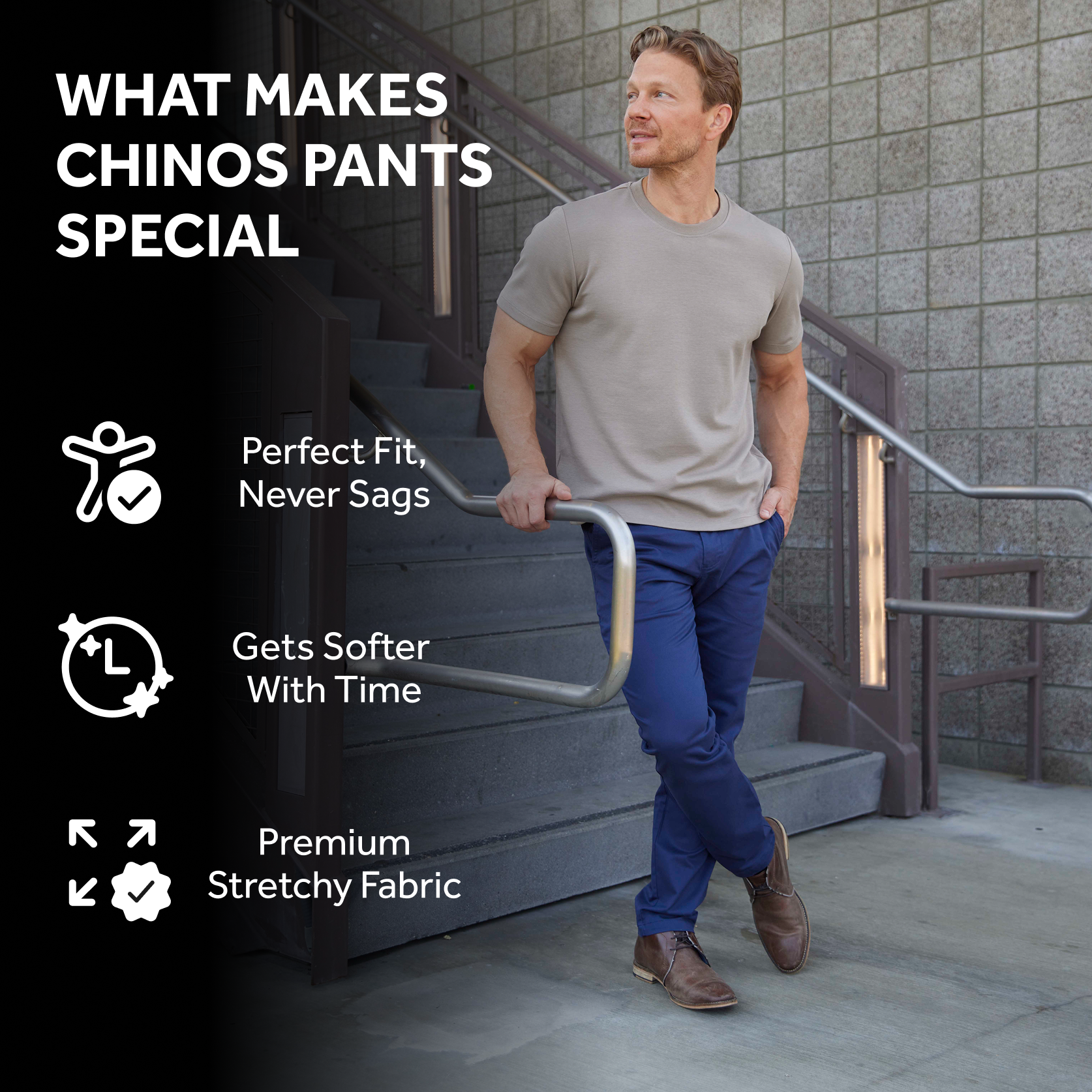T-shirts are comfortable, attractive, versatile, and a great casual look - but not every t-shirt is created equal.
You probably know what we’re talking about, but you might not be so sure of what sets one type of t-shirt apart from another. Of course, color matters and design does too, but comfort ultimately comes down to t-shirt material. The t-shirt fabric that your top is made of determines the way it feels on your skin, and how cozy you are when you wear it. Shirt material types also play a big role in how long your top lasts!
What Makes a Good Tee?
There are a few things to keep an eye out for when looking for that perfect t-shirt, and the first of those qualities is the weight of the t-shirt fabric. Good quality t-shirts in colder climates are those that weigh more than 6oz - especially if you spend a lot of time outside. If you’re on the hunt for something lightweight and suited for warmer climates, find tees that range between 3-5oz.

Lightweight tees are typically seen in the fashion sphere, and heavier-duty shirts are geared towards functionality.
The weight of a t-shirt, along with its fit, determine how good it will look on you. We find that many men prefer the classic fit!
T-Shirt Materials
Now it’s time to think about what t-shirt fabric your top is made of. Let’s get into the most popular choices; you’ll see that they’re a lot different than you might think.
Cotton shirt material is by far the most common. People love it because it’s breathable and toes the line between cost and comfort. Be careful, though, because cotton can sometimes shrink in the dryer and it’s prone to wrinkles.
Combed cotton is one step up from regular cotton, as it’s made from pretreated fibers that create a softer and more durable fabric. These shirts are known to be a bit more expensive, though, since the fabric goes through a treatment process.
Organic cotton is for those who keep the earth as their first priority. This type of t-shirt fabric lessens its impact on the environment by limiting material selection and meeting set standards. It can be expensive to purchase, though, because it’s more labor intensive to make.
This is where Perk’s shirts get the chance to shine. This is the highest quality cotton available, as it’s soft, durable, and doesn’t pill, fade, or stretch. This is the type of cotton that high-quality brands use, and you can count on your pima t-shirt to fit you nicely and look great.

Polyester is the second most popular t-shirt material, after cotton. It won’t shrink, fade, or stretch, and polyester t-shirts tend to last a very long time.
When you blend cotton and polyester, you get high-quality t-shirts. It’s important to note that not all blends are created equal, though, so make sure you look at the percentage of each ingredient before you invest in a tee. Most blends are soft like cotton, but stay wrinkle-free like polyester.
Tri-blend t-shirts are when rayon is added to the mix of cotton and polyester to create the ideal t-shirt. It’s comfortable like cotton, durable like polyester, and light and soft thanks to the added rayon.
Terminology to Know
The secret to buying good quality t-shirts is knowing what you’re talking about, and that means getting familiar with t-shirt terminology. Here are some important t-shirt related keywords to help you pick out a shirt that’s just right:
Heather is when different colors of yarn are combined to create a certain variance in the shade. To emphasize this look further, producers often use two different types of fabric - like cotton and polyester - because they react to dyes differently.
Fleece is used with polyester garments as a technique to create softer and thicker fabric. If you tease the ends of the fabric, you’ll create something of a fleece effect.
Slub is when a t-shirt is sewn with yarn that has thicker and thinner sections. It produces a visually interesting effect, so it transformed from an accident into a purposeful practice.
Jersey is a type of stitch that gives a t-shirt fabric a little stretch. It’s not a style of shirt; instead, it’s a style of stitch. It can be used on any type of shirt, from a henley to a regular t-shirt.
Rib knit provides a bit of elasticity, as it’s also a type of stitch that’s commonly seen around the collars and cuffs.
Choosing Your T-Shirt

Finding good quality t-shirts made from a material that suits you doesn’t have to be difficult. All you have to do is stop by Perk’s website to see what we’ve got in store!

